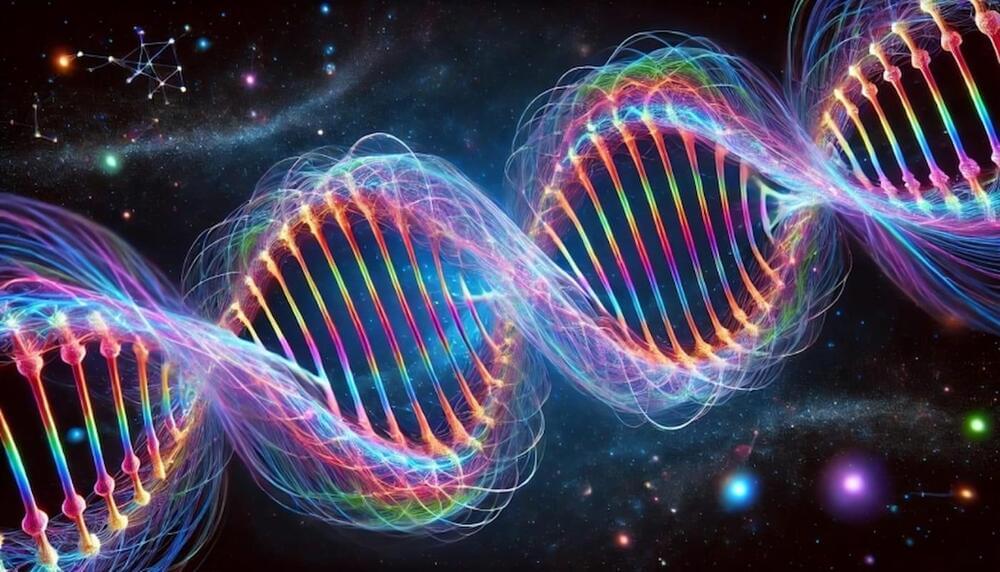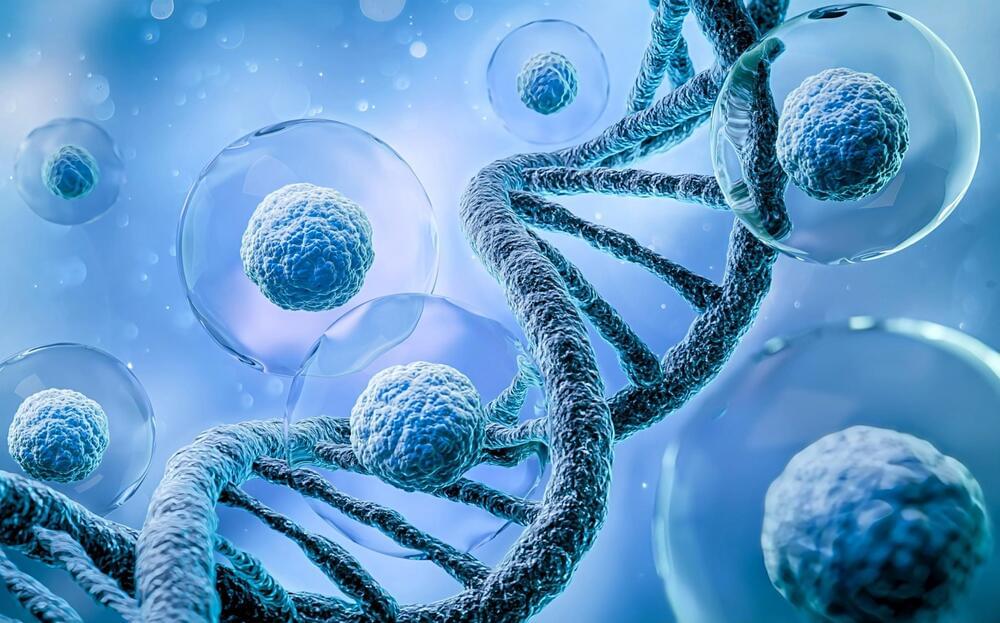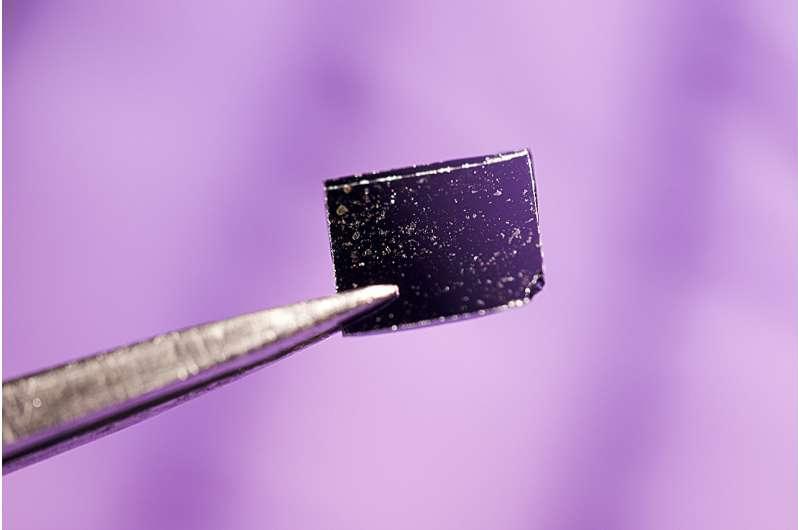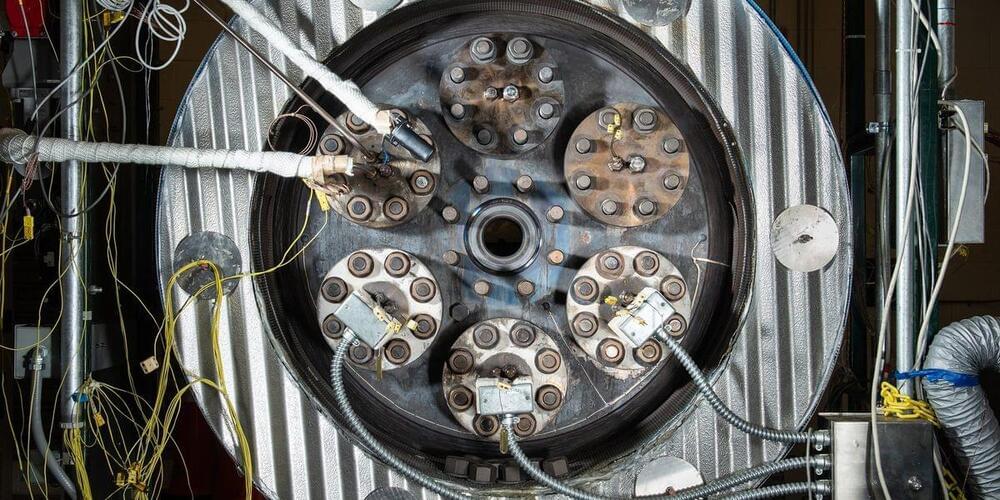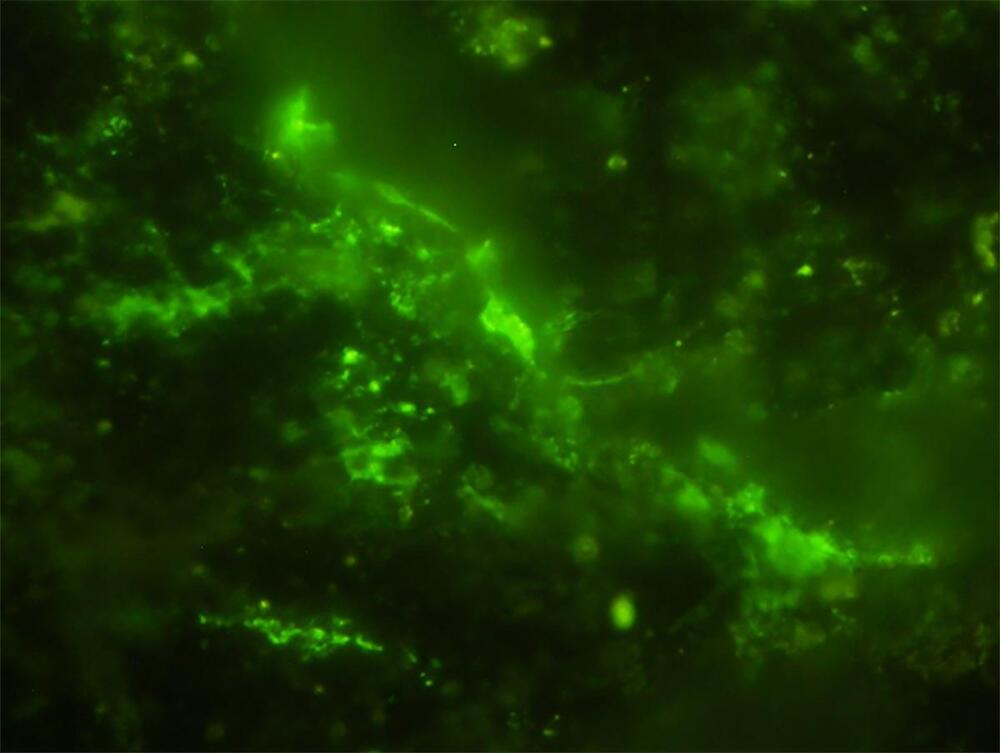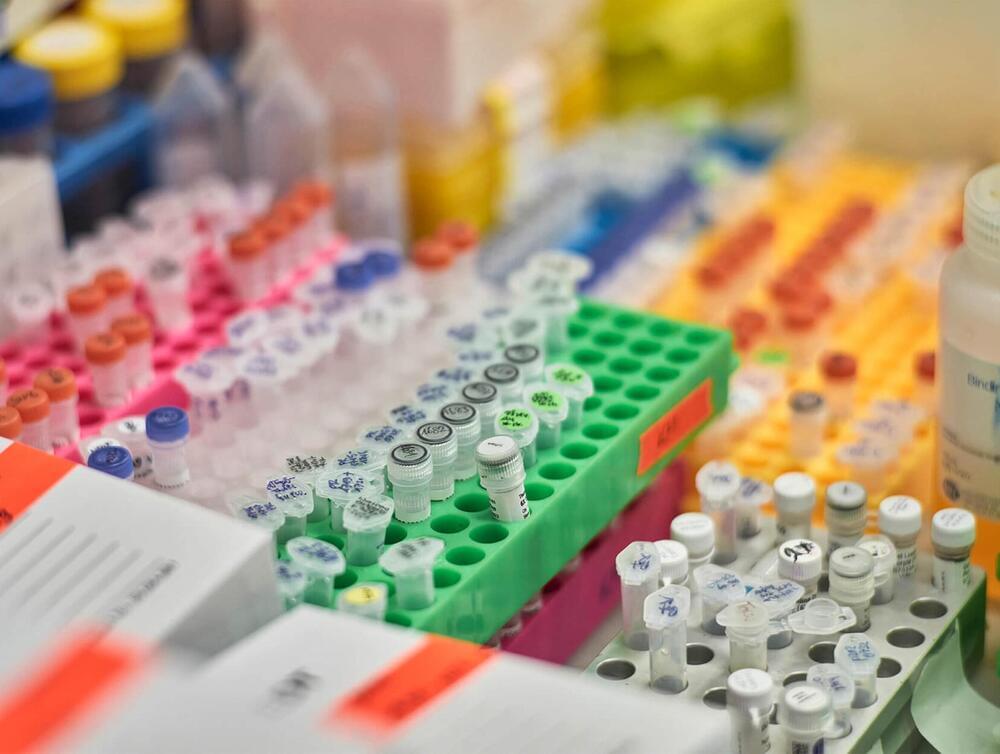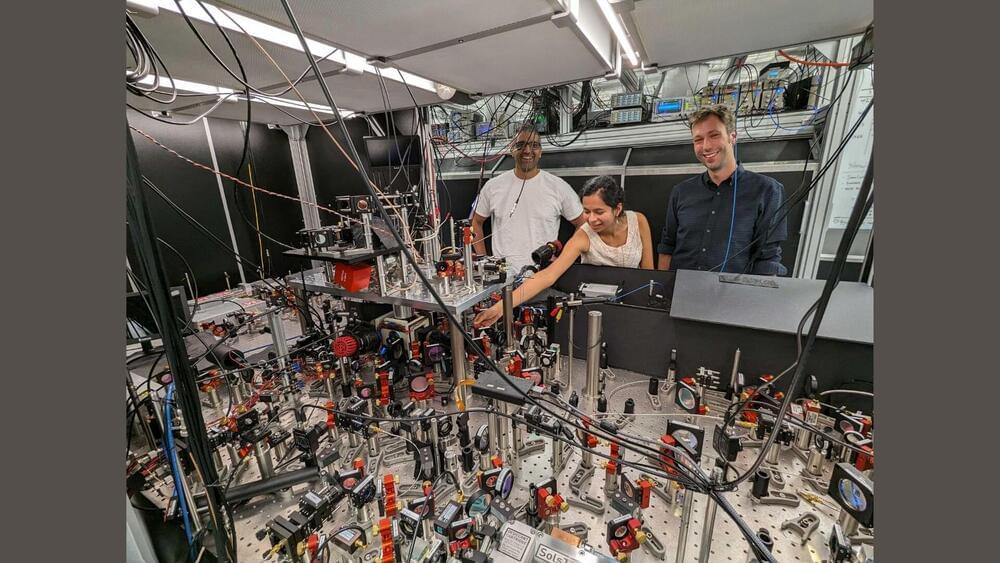Oct 15, 2024
Scientists discover unexpected link between genes involved in human brain evolution and developmental disorders
Posted by Genevieve Klien in categories: biotech/medical, evolution, neuroscience
The human brain’s remarkably prolonged development is unique among mammals and is thought to contribute to our advanced learning abilities. Disruptions in this process may explain certain neurodevelopmental diseases.
Now, a team of researchers led by Prof. Pierre Vanderhaeghen (VIB-KU Leuven), together with scientists of Columbia University and Ecole Normale Supérieure has discovered a link between two genes, present only in human DNA, and a key gene called SYNGAP1, which is mutated in intellectual disability and autism spectrum disorders.
Their study, published in Neuron, provides a surprisingly direct link between human brain evolution and neurodevelopmental disorders.

